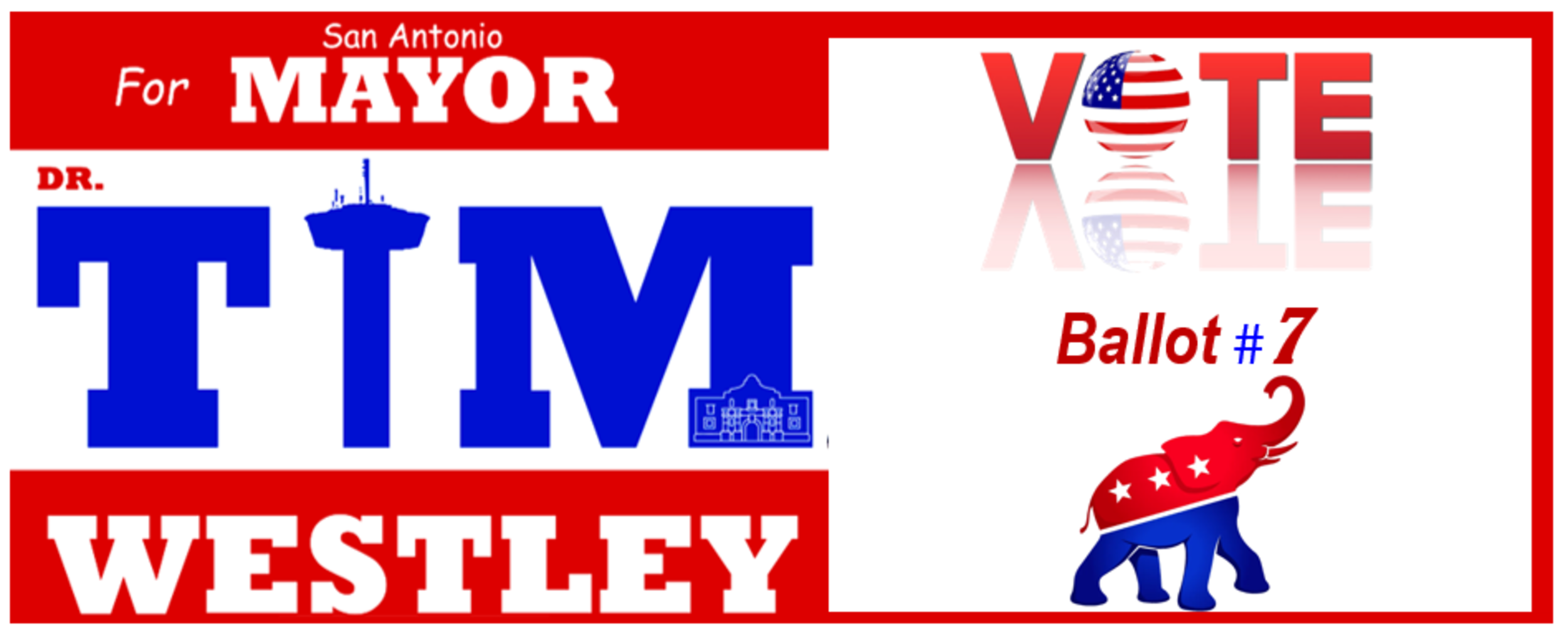
WATER CONCERNS
Securing San Antonio’s Water Future: A Simple, Smart Plan

Water is one of our most precious resources—and in a growing city like San Antonio, we must act now to make sure we don’t run short in the years to come. Whether it’s a dry summer or a longer drought, we need to be ready with smart solutions that help us conserve, reuse, and plan ahead. Here’s a down-to-earth plan that we can all get behind:
1. Help Folks Use Less Water Without Sacrificing Comfort
- Spread the word: Teach people simple ways to save water—like fixing leaks, switching to water-efficient appliances, and watering lawns early or late in the day.
- Offer rewards: Give rebates or discounts to homeowners and businesses that install things like low-flow toilets, smart sprinklers, or rainwater collection systems.
- Everyday tips: Remind everyone that small changes—shorter showers, only running dishwashers when full, and turning off the faucet while brushing—can go a long way.
2. Reuse the Water We Already Have
- Use graywater wisely: Promote systems that reuse water from showers and sinks for watering lawns and gardens.
- Recycle wastewater: Expand systems that clean and reuse water (not for drinking, but for parks, golf courses, or factories).
Why it matters: The more we can reuse, the less we pull from our main water supply.
3. Plan Ahead with Long-Term Water Solutions
A. Tap into New Water Sources
- Desalination (saltwater to freshwater): Study the idea of turning seawater into drinkable water using plants on the Gulf Coast. It’s expensive but could be a lifesaver during a drought.
- Water from other areas: Keep expanding partnerships with nearby cities and water systems to share resources.
- Protect our aquifers: Take care of our underground water sources by using them wisely and recharging them during rainy times.
B. Store More Water for Dry Times
- Build or expand reservoirs: Create more places to collect and store water during wet seasons so we’re ready for the dry ones.
- Store water underground (ASR): Keep extra water in underground aquifers when we have plenty, so we can draw on it later. San Antonio already does this—and it works.
C. Harvest Rainwater
- Make it easy and affordable: Offer rebates or programs to help people install rainwater barrels at home.
- Use rainwater on a bigger scale: Collect rain at schools, parks, and city buildings to water plants or cool equipment.
4. Invest in New Water Technology
- Increase brackish water desalination: Turning salty underground water into usable water using newer, energy-saving methods.
- Better filtration: Use advanced systems (like UV light or reverse osmosis) to clean water more efficiently and make more sources usable.
Why it matters: These upgrades make sure we’re getting the most out of every drop.
5. Work Together with Neighboring Communities
- Team up regionally: Build strong water-sharing plans with nearby cities and towns. It’s more efficient and cost-effective to work together.
- Plan smart: Coordinate with the state and federal government on major projects like pipelines, shared storage, and wastewater systems.
6. Make Landscaping Smarter
- Go drought-friendly: Encourage people to use native plants and xeriscaping (low-water landscaping) instead of thirsty lawns.
- Update city codes: Make sure new homes and businesses include water-wise landscaping from the start.
- Rework parks and public spaces: Use water-saving landscaping techniques and artificial turf where it makes sense.
7. Use Data and Technology to Save Water
- Smart water systems: Use sensors and smart meters to spot leaks or waste before they become a big problem.
- Track trends with data: Use analytics to predict where and how water is being used—so we can improve policies and programs to meet future needs.
8. Push for State and Federal Support
- Secure funding: Work with state and federal officials to bring in dollars for key water projects, like new reservoirs and modern treatment facilities.
- Update policies: Support rules and programs that reward conservation, hold people accountable for waste, and promote the development of new water sources.
Conclusion:
San Antonio needs to be smart and forward-thinking about water. That means saving more today and planning for tomorrow. By combining everyday conservation, new technology, regional partnerships, and long-term infrastructure, we can protect our water supply for future generations—without putting the burden on any one group.
Let’s work together to make sure San Antonio stays strong, safe, and water-secure for years to come.
